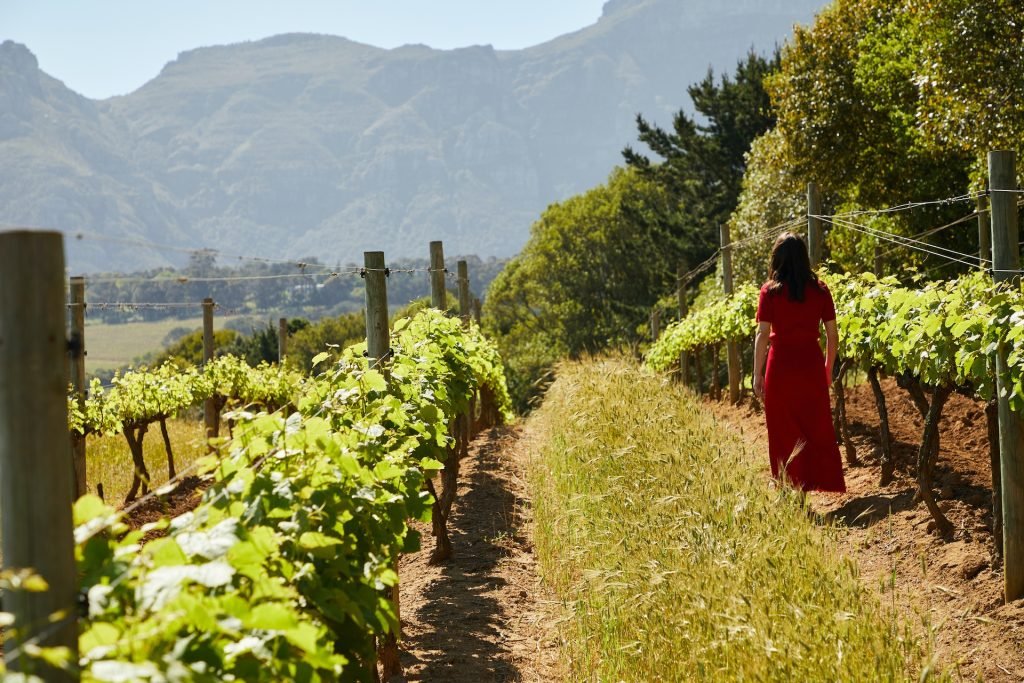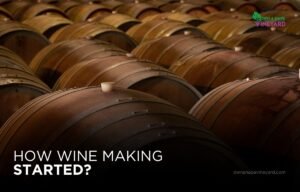Land Acquisition
The first and most significant expense in starting a winery is acquiring land. Napa Valley is a highly desirable location for wineries, which means that the price of land is quite high. The cost of land in Napa Valley can range from $300,000 to $1 million per acre, depending on the location and the size of the property.
If you plan on starting a small winery, you may be able to find a smaller parcel of land that is less expensive. However, if you plan on starting a larger operation, you will need a larger parcel of land, which will be more expensive. The cost of land will be your biggest expense, and it’s important to consider this cost carefully before committing to purchasing land.

Equipment
In addition to the initial purchase cost, you will also need to consider ongoing maintenance and repair costs. It’s essential to invest in high-quality equipment to avoid expensive breakdowns and repairs. It’s also a good idea to have a maintenance plan in place to ensure that your equipment stays in good working order.
Permits
Starting a winery in Napa Valley requires a variety of permits and licenses. The cost of these permits can vary depending on the size of the winery and the types of permits required. Some of the permits you may need to obtain include a winery permit, a water permit, a land-use permit, and a use permit.
The cost of these permits can range from $5,000 to $50,000, depending on the complexity of the application process and the number of permits required. It’s important to budget for these costs and to allow plenty of time for the permit application process.

Staffing
Salaries for these positions can range from $50,000 to $150,000 per year, depending on the experience and qualifications of the employee. You will also need to provide benefits, such as health insurance and retirement plans, which can add significantly to the cost of staffing.
Conclusion
Starting a winery in Napa Valley can be a dream come true for wine enthusiasts. However, it’s essential to consider the costs involved before committing to this venture.
The biggest expense will be acquiring land, followed by equipment, permits, and staffing.
Land in Napa Valley is expensive, and it’s important to consider the location carefully before making a purchase. Equipment is also a significant expense, and it’s essential to invest in high-quality equipment to avoid costly repairs and maintenance.
Obtaining permits can be a time-consuming and expensive process, but it’s essential to ensure that you are in compliance with local regulations.
Finally, staffing costs can add significantly to the overall cost of starting a winery.
By carefully considering these costs and developing a comprehensive business plan that accounts for all of these expenses, you can better understand the financial requirements of starting a winery in Napa Valley.
With proper planning and a solid financial foundation, starting a winery in Napa Valley can be a rewarding and profitable venture.





